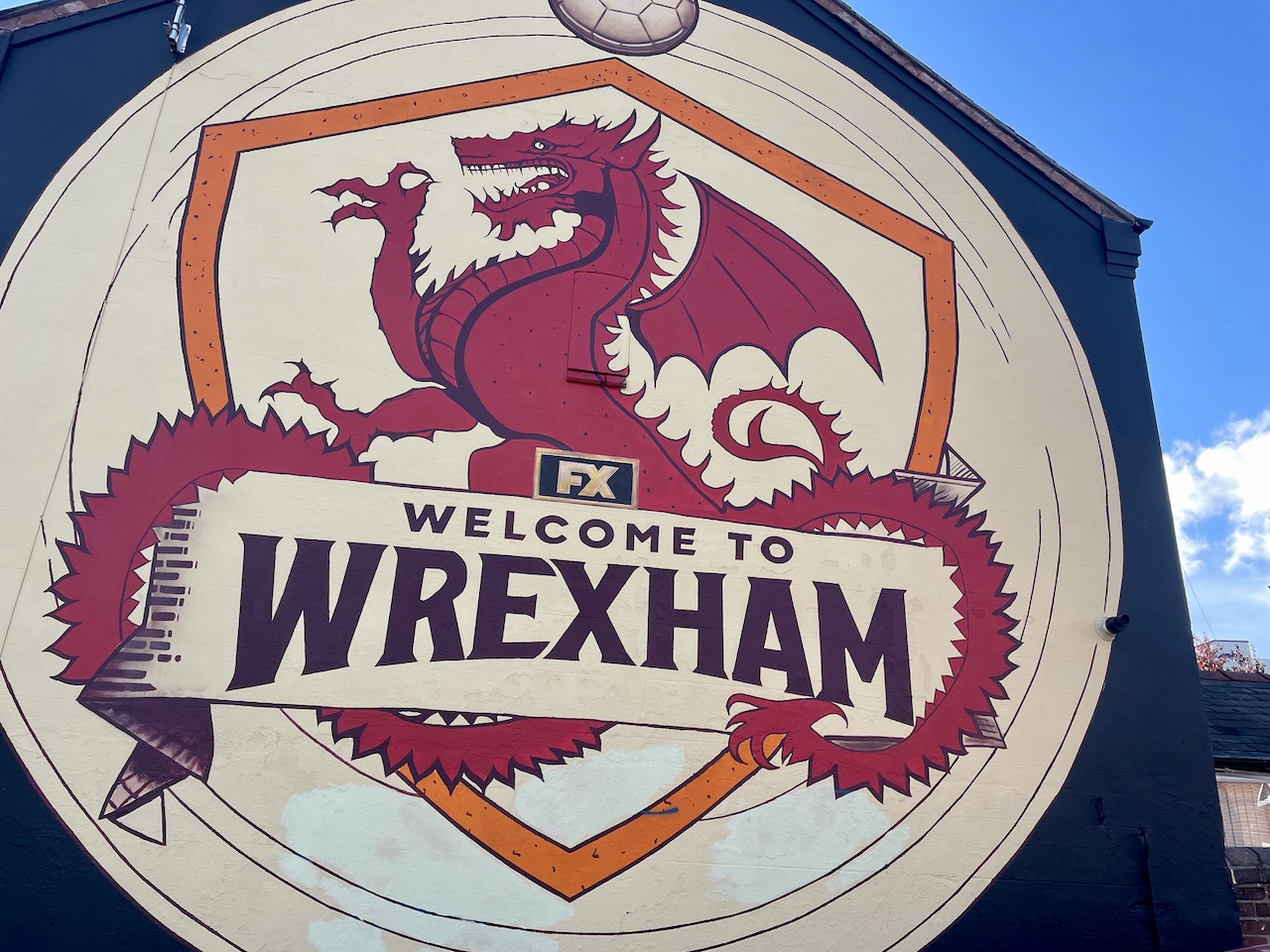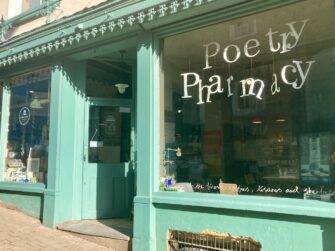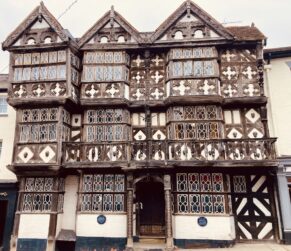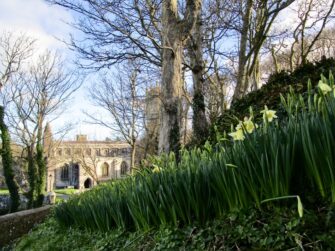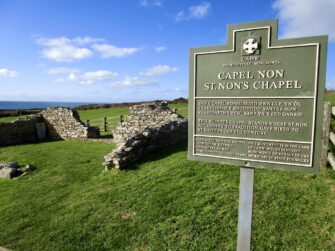
What does the HS2 decision mean for rail-heritage-central Crewe?
That’s the question posed by this article, a postcard from East Cheshire for Telegraph Travel.
The story went live today but behind the paywall, so here’s my full, unedited draft, including an interview with former railwayman Brian Bailey [pictured above].
Please post your comments below.
And read the story via Telegraph Travel: How Crewe went from railway hub to an HS2 ghost town.
Coming soon to Crewe: Ruby Wax, a night of Halloween ghost stories and a tribute to Rod Stewart. That’s according to the posters outside the town’s charming Lyceum Theatre, where the red-velour interior and cherub-adorned balcony evoke the theatre’s Edwardian heyday.
But a far bigger name is no longer coming to Crewe. The headline act? HS2.
The decision last week to scrap to second phase of the high-speed railway line from Birmingham to Manchester enraged Mancunians awaiting news outside the Conservative Party Conference. The Prime Minister offered funding for northern rail but made no mention of Crewe, the East Cheshire town synonymous with railways ever since the first train arrived in July 1837.
Crewe had been earmarked as a major interchange between HS2 and the existing rail system yet, in a heartbeat, the rail gateway to the Northwest of England was erased from the high-speed tourist map.
The project would have acted, according to Cheshire East Council, as a huge catalyst for regeneration, providing a £750m economic boost to the town. Crewe has lost out, it says, on 5,000 new jobs, 4,500 new homes and a major upgrade to the Grade II-listed railway station, dating from 1867.
The Department for Transport subsequently pledged to improve the station for the existing network.
So, what now? I’ve come to Crewe on a warm October afternoon to seek out the town’s hidden heritage, its 33 listed buildings and proud tradition of working-class history often lost amid the boarded-up shops.
I start by crossing Memorial Square with its statue of Britannia to visit the Grade II-listed Crewe Market Hall, a former cheese market and cattle auction now reborn as the in-vogue venue for street food, craft ales and evening live events. I find Ruth Jackson, barista at Mini Bean Coffee, still pondering the implications of the HS2 decision.
“There’s a huge amount of disappointment across town,” says Ruth, who swapped Frappuccinos at the Crewe branch of Starbucks for a plucky coffee independent.
“The irony that Crewe is famous for its railway heritage is not lost on us.”
Indeed. It was the Grand Junction Railway Company that first established Crewe at the height of the Victorian railway boom. The Crewe Works, opened to build and repair locomotives, completed its first train, Columbine, in 1843. The new town grew up around the works and Crewe went on to produce over 8,000 locomotives for Britain’s railways until 1991.
By the 1870s, the town’s population had swelled to more than 43,000 steam-loving locals, while King George V and Queen Mary came to inspect the new Royal Train in April 1931.
The former Crewe Works is now the Crewe Heritage Centre, a family attraction celebrating 185 years of rail heritage with an exhibition hall and behind-the-scenes visits to trainspotter heaven — the 1938 North Junction Signal Box.
“I spent my childhood standing at my local level crossing outside Crewe, watching the steam engines.”
So says Heritage Centre Trustee Brian Bailey, who started his railway career as a 15-year-old apprentice and served 34 years on the railways.
“Crewe would have built the new bogeys for HS2, the work invigorating the town. Now,” he sighs, the thunder of trains on the Westcoast Mainline just beyond the viewing platform, “it’s all gone.”
Despite the setback, however, there are green shoots around the town centre. A new History Centre is earmarked for 2025, incorporating the new Cheshire Archives Service. There are two new self-guided heritage trails around town and, at Betley Street, a row of railworkers’ cottages from the mid 1800s have been lovingly saved, the neat rows with pea-green doors and hanging baskets arranged around a courtyard of autumn-colour beach trees.
New independent businesses are also moving back into the town centre with The Campaign for Real Ale (CAMRA) recently championing the Crewe Beer Crawl, five independent craft-beer pubs within staggering distance.
“We need to get more people, such as beer nerds, to get off the train here,” says Sean Ayling, head brewer at Tom’s Tap and Brewhouse on Thomas Street.
“Going forward, I’d like to see more independent places to eat, such as the Holy Bun on Ruskin Road, and shuttle bus connections between the different parts of the town.”
I finish my exploration with an autumnal stroll through Queens Park, the Victorian public space designed by the landscape architect Edward Kemp and gifted to the town by its wealthy railway owning benefactors.
The boating lake and bowling green hark back to a more genteel period in Crewe’s history, while the iron gates feature the town’s original coat of arms with ‘Never behind’. The revised coat of arms of 1955 has the unintentionally ironic motto of ‘Semper Contendo’ or ‘Ever pressing forward’.
Back at the Lyceum Theatre, meanwhile, I learn that Charlie Chaplin and Stan Laurel are amongst the famous acts to have trodden the boards. Today there are Phantom of the Opera-style tales of backstage hauntings and former X-Factor winner Matt Terry leading the cast in this year’s pantomime, Cinderella.
Crewe, however, is still waiting to go the ball, thwarted by those ugly HS2 sisters, and the Fairy Godmother is stuck in a railway siding. The renaissance remains a work in progress, yet Crewe still believes one day its prince will come.
Visit the Crewe Heritage Centre (adult/child £7/5; open weekends until end October; www.crewehc.co.uk). More from: Visit Chester and Cheshire (www.visitcheshire.com).
